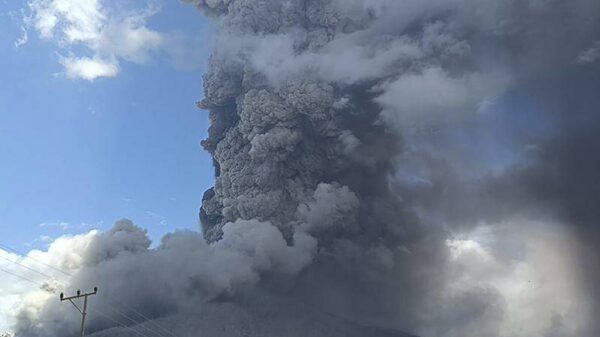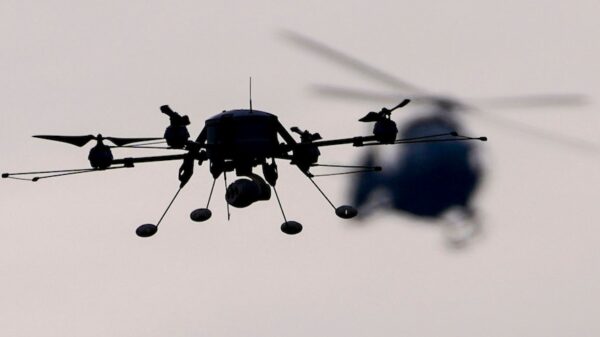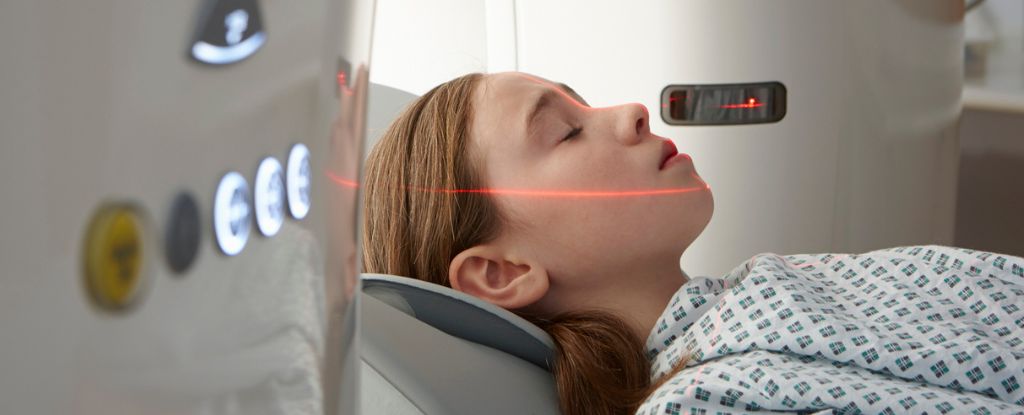More Americans are undergoing computed tomography (CT) scans than ever before, raising concerns about the associated risks of low doses of ionizing radiation. While these scans can be lifesaving, a recent study projects that they could contribute to an estimated 103,000 new cancer cases in the United States by 2023 if current trends continue. This figure emphasizes the need for a careful evaluation of the risks versus benefits of these diagnostic tests.
Research conducted by a team from the University of California, San Francisco and UK institutions published in JAMA Internal Medicine indicates that CT scans might account for approximately 5 percent of all new cancer diagnoses in the country. The number of CT examinations has surged by over 30 percent since 2007, prompting concerns that many of these scans may be unnecessary and expose patients to avoidable radiation.
The study’s lead author, epidemiologist Rebecca Smith-Bindman, highlights the paradox of CT scans. “CT is frequently lifesaving, yet its potential harms are often overlooked,” she noted. While the individual risk of developing cancer from a single CT scan is believed to be very low, the cumulative effect of numerous scans could be significant.
The researchers based their findings on historical data, including studies of atomic bomb survivors. They found that individuals exposed to doses of ionizing radiation equivalent to three or more CT scans showed a slight increase in cancer risk over their lifetimes. The research suggests that the current volume of CT scans in the US could position them as a notable risk factor for cancer, comparable to alcohol consumption.
Despite these theoretical risks, medical professionals maintain that the benefits of CT scans often outweigh potential dangers. Cynthia McCollough, a CT imaging expert and past president of the American Association of Physicists in Medicine, emphasized that the risk from a CT scan of a sick patient is likely far less than the risk posed by the underlying disease.
In a national trial, low-dose CT scans resulted in a 20 percent reduction in lung cancer deaths among smokers and former smokers compared to those who received only a chest X-ray. This points to the critical role CT scans can play in early disease detection and effective treatment.
The latest predictions take into account detailed factors such as the type of CT device, the duration of scans, and patient size, drawing on anonymous data from 143 hospitals and outpatient facilities across the US. The analysis estimated that approximately 93 million CT scans were performed in 2023, involving around 62 million patients.
While the researchers acknowledge that establishing a clear link between low-dose ionizing radiation and cancer would require extensive long-term follow-up studies, they suggest that certain populations may be more vulnerable. Children and adolescents, particularly those receiving CT scans before the age of one, appear to carry a higher risk for developing thyroid cancers later in life.
Medical professionals in Australia have echoed these concerns. Pradip Deb, a medical radiation specialist at RMIT University, stated that it is essential to minimize unnecessary CT scans when non-radiation alternatives are available. Naomi Gibson, President of the Australian Society of Medical Imaging and Radiation Therapy, agreed, asserting that while the findings warrant caution regarding long-term radiation exposure, the clinical justification for CT imaging remains a priority.
As the medical community continues to assess the implications of CT scans, the balance of risk and reward will remain a focal point of discussion. The ongoing dialogue about the safe use of this technology is crucial as healthcare providers strive to ensure that patients receive the most effective and least harmful diagnostic care available.






























































